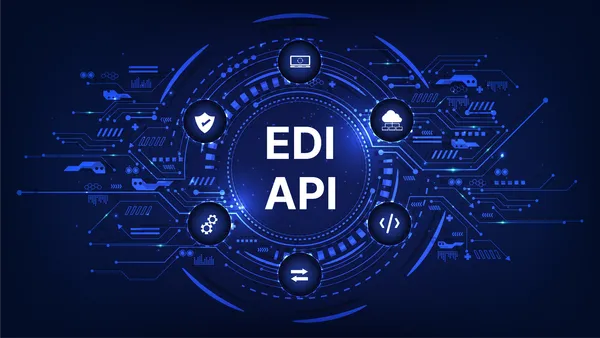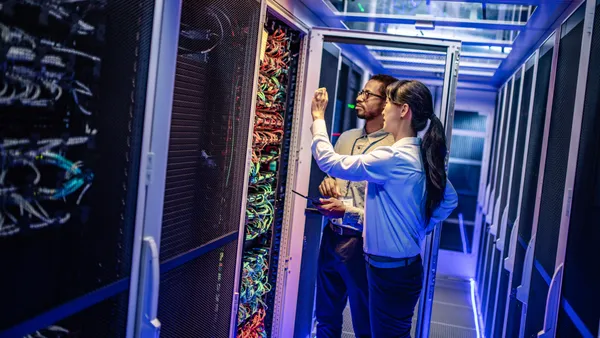Hybrid work has clearly taken off around the world.
According to Gartner, 39% of global knowledge workers will be hybrid by the end of 2023, with only 9% remaining fully remote. In the U.S., 51% of knowledge workers will be hybrid workers by the end of the year. Globally, the hybrid lifestyle is favored by two-thirds of job candidates overall who currently work on-site.
But companies have learned that hybrid work requires myriad adaptions to how people work, how physical office environments are configured and monitored and how workers are supported with networking, cloud, security and other technologies. A new approach connects different technologies, networks, applications and solutions to drive simplicity, visibility and predictability. It accelerates the journey to a cloud operating model combined with the best of cloud and on-premises systems and infrastructure.
Seamless, unified, simplified experiences—centrally managed
Quality of experience has become a key indicator of customer satisfaction, employee retention and competitive differentiation. Hybrid workers want great experiences, too.
A recent IDG study concluded that providing a consistent, high-quality experience for workers in the office, at home, and on the go requires deploying collaboration tools that enable teams to be productive and maintain a strong culture regardless of location. IT must also provide robust security, which is difficult when people are working outside the confines of the corporate firewall.
The solution is to unify and centralize IT management across diverse platforms, networks, devices and cloud services. This unified environment has powerful features from the cloud operating model, such as end-to-end visibility, control and automation that enable the simplified management of diverse platforms, networks, devices and cloud services. It can be managed either on-premises or in the cloud and incorporates solutions like artificial intelligence and machine learning (AI/ML) techniques.
Centralized management in action
Danish energy company Solar uses a centralized, single-dashboard cloud-based monitoring solution that provides an integrated view of all 500 switches in their network. For tier 1 and tier 2 support teams, information is available in a couple of clicks instead of via various apps. Support tickets that once took hours to close can be resolved in minutes.
Canadian commercial real estate company Colliers decided to put all of its EMEA sites on one platform, and now, admins remotely manage wireless infrastructure across the region from a single dashboard. The company uses AI and ML to track devices and number of users connecting to Wi-Fi. They can detect hot-spots on premises, and can analyze the different usage patterns of a laptop, desktop, or mobile phone.
Integrating physical and network security
A recent survey from Cisco Meraki and Foundry of 100 IT and business executives in the U.S. highlights the opportunity to strengthen overall security for hybrid workers by integrating physical and network security systems. Once, network security and physical security teams had little reason to interact. Now, at the office, surveillance cameras, locks and access devices are all connected to IP networks. Integrating these systems and the teams that support them provide more comprehensive visibility into security threats, more comprehensive control of physical security technology, improved cost control, and an improved user experience within and outside the office.
Reimagining the office
A recent article in the New York Times highlighted the use of behavioral, environmental, security, networking and other data by workplace designers and architects to feed AI/ML systems and generate floor plans to better utilize office space. These large data sets can also be used on an ongoing basis by companies to allocate workspace based on employee need, provide dynamic room scheduling and enforce occupancy limits. They can be used to generate virtual models and simulations to further optimize work environments and integrate with AI-powered features like real-time language translation and automatic transcription.
Meraki is actively utilizing workplace data to optimize its own hybrid work environments. At a showcase office in Atlanta, 64 Wi-Fi access points can detect the number of users, temperature, humidity and thousands of other data points from different applications.
The hybrid model is continuing to impact how people everywhere work and interact. Applying features of the cloud operating model enables IT environments to gather and integrate telemetry from networking, cloud services and security to gain end-to-end visibility for simplified and centralized management. Unified experiences that are highly secure and more predictable improve business outcomes for users, customers and IT personnel.










